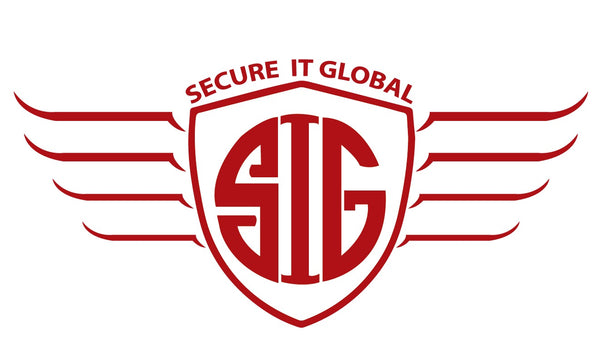Face Recognition

Facial Recognition
Facial recognition technology is becoming increasingly common for access control. It is fast becoming a normalized option for commercial businesses worldwide. Despite being less known and somewhat controversial among the...
Facial Recognition
Facial recognition technology is becoming increasingly common for access control. It is fast becoming a normalized option for commercial businesses worldwide. Despite being less known and somewhat controversial among the...
-
Facial recognition technology is becoming increasingly common for access control. It is fast becoming a normalized option for commercial businesses worldwide. Despite being less known and somewhat controversial among the general public, the technology is experiencing a constant upswing in the market, partly due to the efforts of popular brands that are actively developing the technology.
It’s important to note that recognition of face is not without misconceptions, particularly when used in conjunction with IP cameras and other security methods. As with any technology, there are potential risks and concerns that must be carefully considered and addressed to ensure that the benefits of the technology are not outweighed by the potential drawbacks.
Assessing the value of this technology for customers can be challenging, given that the technology is becoming more cost-effective while also being deployed in a wider range of environments. However, the following information about facial recognition – including its various types, top options, and potential user groups in 2023 – can help you determine whether it’s worth investing in this technology.
Facial recognition vs face detection
First, it’s important to distinguish between facial recognition and face detection. Although the difference may seem small, it’s significant if you’re looking to include either feature. While face detection can identify a face, it typically cannot recognize it. On the other hand, recognition of face is a more sophisticated technology that compares each face with a database. Both features require video analytics software, but recognition of face demands more hardware support to operate effectively, while face detection can be integrated into modern IP cameras. To provide examples, here are two instances that utilize each technology.
Among several options, this turret camera offers face capture. Face capture is another name for face detection and allows the camera to recognize people by faces alone without too much additional hardware. However, it is also capable of using facial recognition, but only in a system that most might consider impractical
Typically coming as wall-mounted devices or , door station facial recognition hardware offers many built-in features but is meant for specific placement by entrances and lobbies. Whereas some security cameras are capable of the feature, they are not at the same level as products like this.
Note that certain brands, such as Nest, offer face detection but do not currently provide facial recognition. The latter technology would be impractical at the current level and price point, which is typical for security cameras.
Expect CCTV to include facial recognition
Currently, standard security cameras cannot perform facial recognition due to the limited technology available, although this is changing rapidly. As previously mentioned, IP cameras can identify human faces in images . It also can incorporate recognition of face when connected to a comprehensive system, but this technology can only be effective in controlled environments. In such environments, recognition of a face has been known to have a recognition success rate of well over 90% for specific individuals. However, the most advanced video analytics software still requires further refinement before it can be deemed practical.
When should you get facial recognition?
Currently, facial recognition technology is a relatively costly option for individuals or businesses seeking to enhance their security measures. Typically, those who choose to implement it already have an extensive security system in place. They require the most efficient options to prevent unauthorized access. In high-security environments, access is often granted through a multi-level authorization process, and every interaction with the system is meticulously recorded. Several research or technology facilities with stringent security measures even use facial recognition technology in conjunction with other credentials to grant entry. FAQ
What is facial recognition used for?
Recognition of face technology is primarily utilized for access control and security purposes. This technology enables employers or institutions to more effectively monitor. It also regulates access to specific areas or buildings by verifying the identities of individuals entering and exiting.
Why is facial recognition being banned
Although this may not apply to all regions of the world. In the United States, several cities consider the use of facial recognition technology as a violation. Five significant cities have already prohibited law enforcement from utilizing this technology. Nevertheless, the popularity of thi technology continues to increase steadily among businesses and other government institutions.
How safe is recognition of a face?
This technology is not substantially different from other forms of identification, except that it is automated. However, concerns have been raised about the potential for errors in the technology. It could result in innocent individuals being incorrectly identified as criminals. In the past, such errors have occurred in the United States, leading to regrettable outcomes.
Where is facial recognition mostly used?
This technology is mainly used on personal computers and mobile devices, not for security or surveillance purposes as commonly believed. Although the use of this technology is on the rise in private security systems. But the percentage of individuals who use it on their touch screen phones is much greater than the percentage of businesses using access control systems with this technology.
